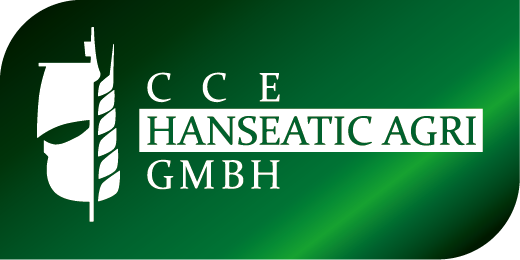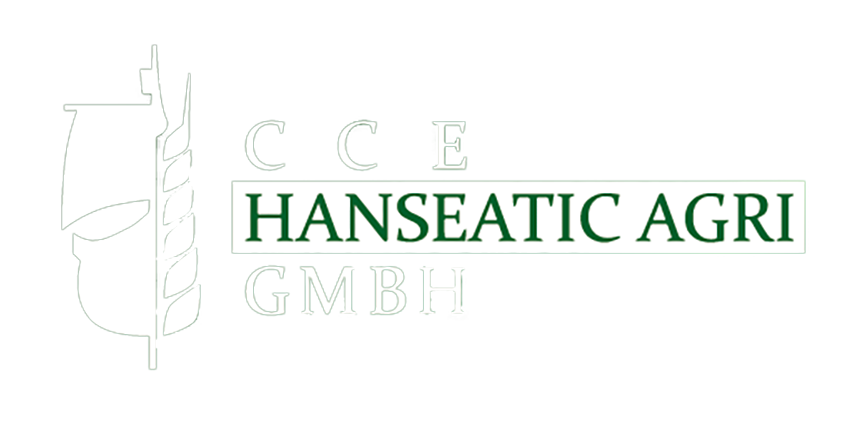The quest for sustainable animal nutrition is paramount in the dynamic animal feed industry. Experts recognize the critical role of quality nutrition in livestock production.
The global rise in livestock numbers has yet to be matched by increased feed resources, leading to challenges like overgrazing, soil erosion, and declining animal health and performance.
Addressing these issues requires innovative solutions. The key lies in exploring alternative protein sources to meet the demands of a growing animal population.
In this blog, we’ll explore protein alternatives that promise to transform animal feed sustainably, ensuring healthier livestock and a more resilient industry.
Increasing Meat Demand:
According to the World Food Survey, there’s a pressing need to produce 75% more food by 2025 to feed the world’s population. This surge in demand translates to an additional 974 calories per person per day, a daunting task, especially considering the expected decrease in available farmland.
This scenario puts immense pressure on farmers to produce more protein-rich and nutritious food without exacerbating the strain on our already burdened food system.
The crux of this challenge lies in the diet of livestock. What they consume directly influences not only their health and productivity but also the sustainability of our planet.
It raises critical questions: How can farmers efficiently produce high-quality protein without overtaxing natural resources? How crucial is animal nutrition in this equation?
As producers and agriculturalists, these questions drive us to explore and embrace alternative protein sources. It’s not just about meeting today’s demands; it’s about securing a sustainable future for our planet and future generations.
The Future of Feed:
The future of animal feed is pivoting away from traditional sources like soybean meal despite its role as a critical provider of essential amino acids in animal nutrition. While soybeans have been a staple in feeding poultry, dairy cattle, and pigs, their environmental impact is concerning.
The challenges of deforestation, greenhouse gas emissions, and biodiversity loss associated with soybean cultivation are driving the search for more sustainable feed alternatives. This shift is crucial for an eco-friendly and efficient future in animal feed.
Alternative Sources of Protein:
In the quest to meet the growing demands of human consumption, the exploration of alternative proteins for animal feed is gaining momentum. These innovative sources offer a sustainable path forward from peas to single-cell protein.
Peas
Peas are rising as a robust alternative to soy meal, boasting a high protein content (80%) and a rich profile of essential amino acids. Including pea proteins in animal feeds, especially for young pigs, can enhance intestinal health and nutrient uptake, potentially reducing sickness and mortality rates. While currently limited in use, the manifold benefits of pea protein position it as a promising candidate in both human and animal nutrition.
Seaweed and Microalgae
Seaweed and microalgae are emerging as potent protein sources for feed supplements. Strains like Cyanobacterium Arthrospira contain up to 70% protein and offer amino acid profiles similar to soybeans. Certain seaweeds can drastically reduce methane emissions in cattle, underlining their potential to reduce environmental impact.
Insects
Insects, with up to 82% protein content and a spectrum of amino acids, are an efficient and eco-friendly protein source. Their integration into animal diets is natural for species like chickens and fish. Insects offer additional benefits like fatty acids and antimicrobial peptides, making them sustainable for future animal nutrition.
Earthworm
Earthworm meal, a byproduct of vermicomposting, provides a protein-rich alternative particularly suited for poultry, pigs, and aquaculture. Earthworm breeding presents an economical and energy-efficient method, adaptable to various temperatures and reducing feed competition.
Single-Cell Protein
Single-cell protein (SCP) from microbes and algae, containing over 30% protein, offers a balanced mix of essential amino acids. SCPs are emerging as a revolutionary protein source in the animal feed industry, especially for aquaculture. Advances in technology and research are continually enhancing their potential and application.
As the demand for meat and animal products escalates, identifying cost-effective and environmentally friendly feed sources becomes crucial for the sustainability of livestock nutrition.
Final Thoughts
Innovative and eco-friendly alternatives mark sustainable animal nutrition. From pea protein and seaweed to insects and single-cell proteins, these alternative sources offer promising solutions to meet the increasing demands for animal feed while reducing environmental impact.
At Hanseatic-Agri, we lead the wholesale market in animal feed, offering bulk solutions that align with these evolving needs. For those committed to advancing their livestock’s health and sustainability,



